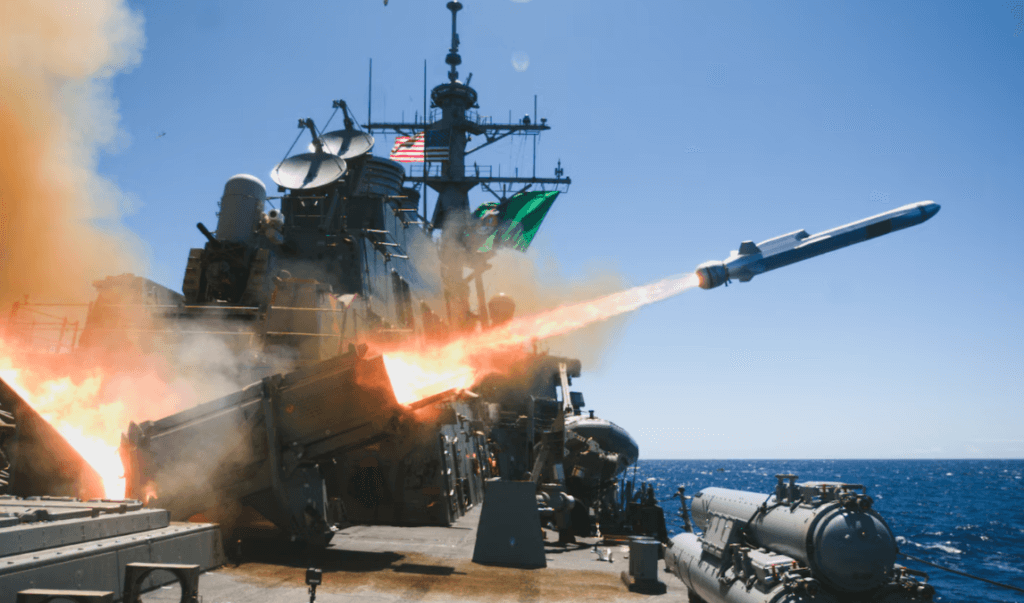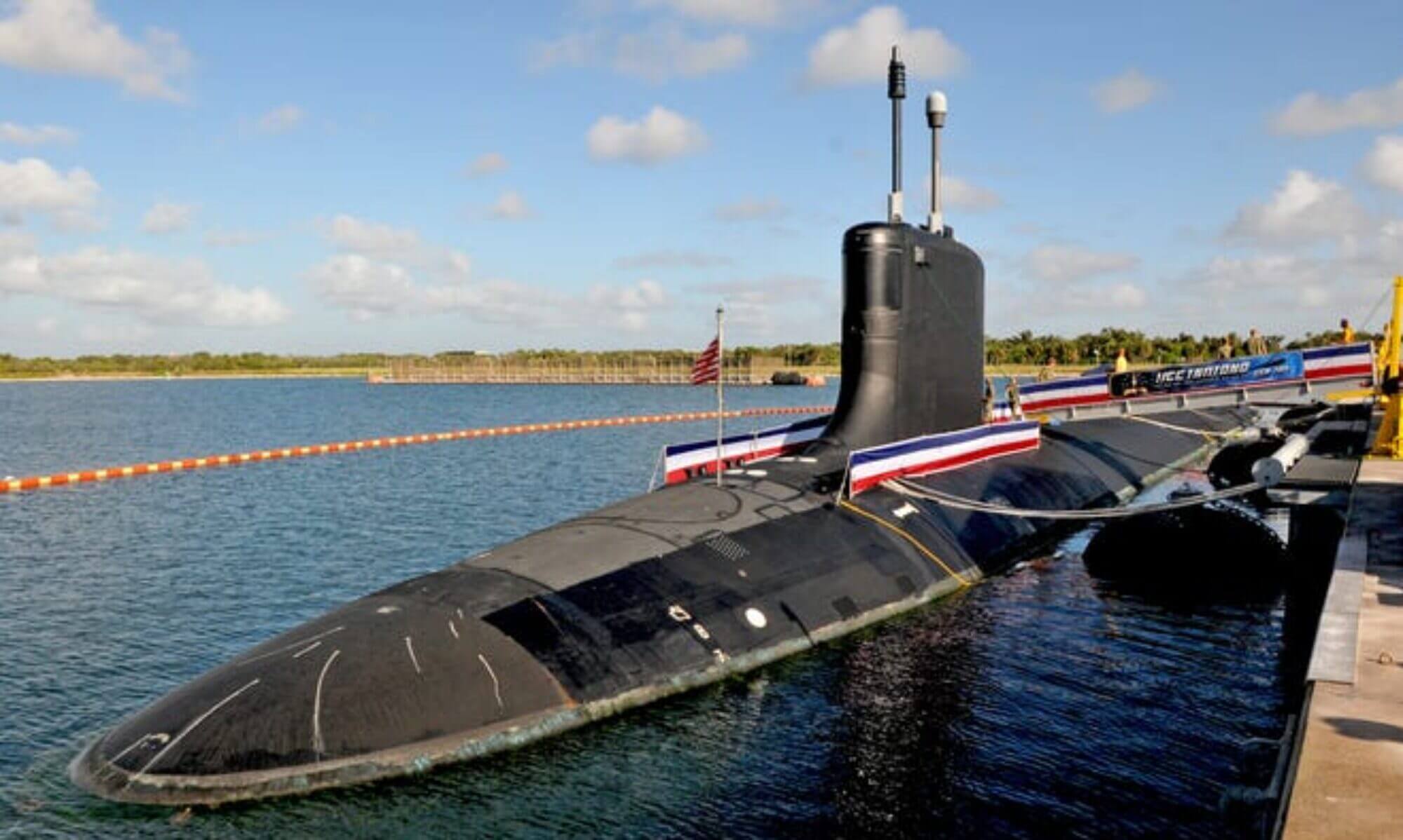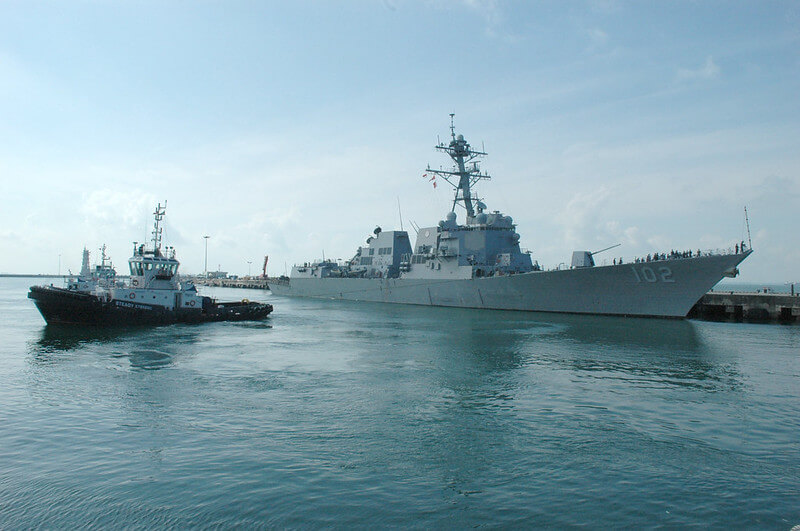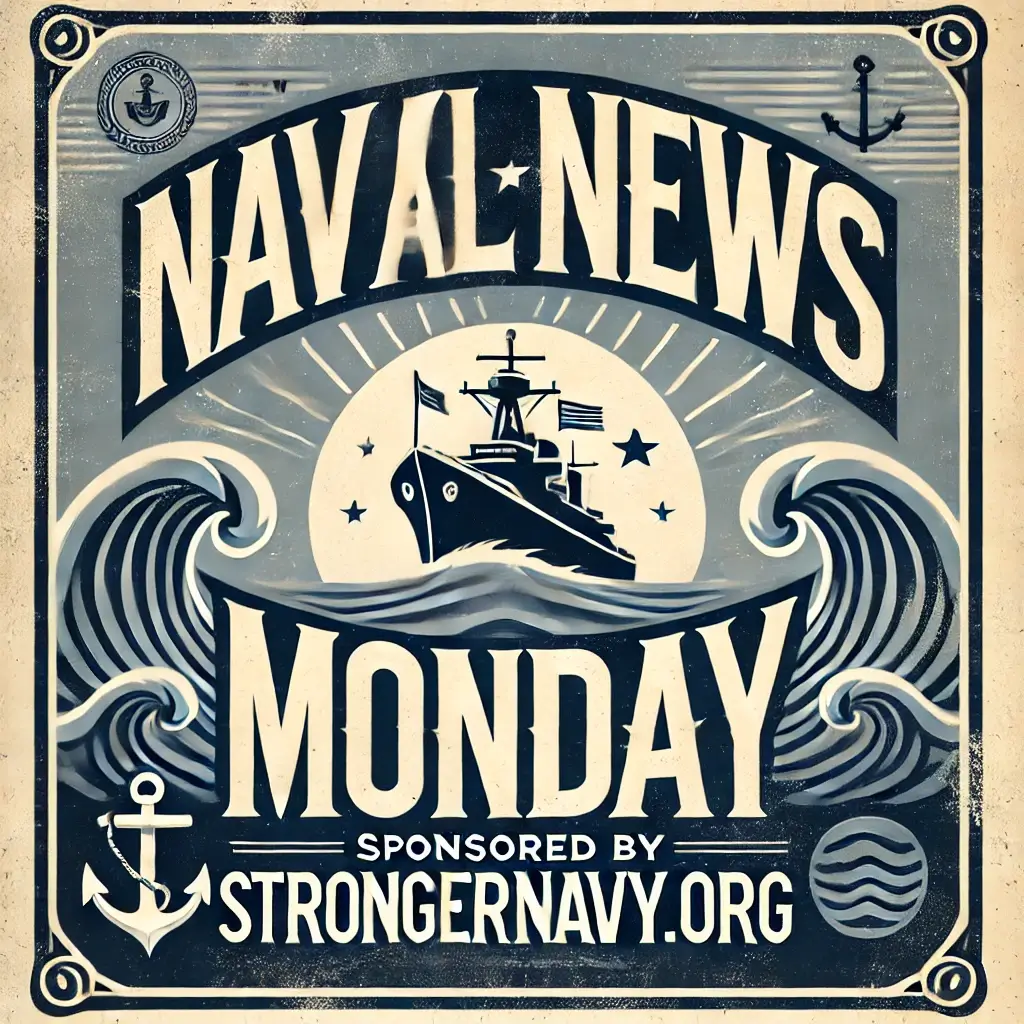
This week’s U.S. Navy stories cover significant developments in operations, leadership, and strategic partnerships around the globe. From Arctic engagements to major military exercises and critical advancements in defense technologies, the Navy continues to respond to emerging threats and strengthen international alliances.
U.S. Navy Global Engagement and Readiness
U.S. Navy Conducts First Naval Strike Missile Firing from Destroyer
A successful demonstration of the Naval Strike Missile (NSM) was conducted by a U.S. destroyer, showcasing advanced capabilities in surface warfare.
US Navy Carrier Group Sends Destroyers to Russia’s Arctic Doorstep
On Monday, two U.S. destroyers, USS Jason Dunham and USS Stout, deployed to the Barents Sea, conducting operations near Russia’s Arctic region as part of the Harry S. Truman Carrier Strike Group.
Indonesia Confronts Chinese Vessel in South China Sea Dispute
In escalating tensions, Indonesia has sent a Chinese vessel packing during an oil and gas dispute, further intensifying conflicts in the South China Sea.
USS Texas: The Homeless Battleship
After extensive restoration, the historic USS Texas, the only surviving battleship from both World Wars, remains without a permanent berth, as cost concerns halted plans for its new home.
Congress Eyes Top Honor for Navy POW Cmdr. Everett Alvarez Jr.
The second-longest held POW in U.S. military history, Cmdr. Everett Alvarez Jr., may soon receive Congress’ highest honor. A decorated Vietnam veteran, Alvarez was a prisoner for over eight years.
US Navy’s Oldest Amphibious Assault Ship to Undergo Repairs Until 2026
The Wasp-class amphibious assault ship USS Wasp will be out of service until 2026 for critical repairs, marking a significant maintenance operation for the aging vessel.
Austal USA Breaks Ground on Submarine Module Manufacturing Facility
Construction has begun on Austal USA’s new submarine module manufacturing facility, significantly boosting the U.S. Navy’s Submarine Industrial Base.
U.S. Submarine Earns Presidential Unit Citation
The USS Washington, a Virginia-class fast-attack submarine, was awarded the prestigious Presidential Unit Citation for its intelligence-gathering operations during a deployment to Europe.
Abraham Lincoln Carrier Strike Group Conducts Joint Operations with Italian Navy
The U.S. Navy’s Abraham Lincoln Carrier Strike Group and Italy’s ITS Cavour Carrier Strike Group recently completed joint operations, enhancing interoperability in the Mediterranean.
GD CEO Confirms Submarine Production Delays
General Dynamics CEO announced delays in the production of Columbia-class and Virginia-class submarines due to component shortages, affecting the Navy’s fleet expansion timeline.
Operations and Exercises
Exercise Iron
Defender: U.S., UAE Forces Begin Maritime Training in the Arabian Gulf
U.S. Navy, Marine Corps, and Coast Guard forces, along with the UAE naval defense force, kicked off Exercise Iron Defender 24, focusing on security and interoperability in the region.
NMRTC Twentynine Palms Prepares for Japan’s Keen Sword Exercise
Sailors from Twentynine Palms prepare for the upcoming Keen Sword exercise, one of the largest bilateral military exercises between the U.S. and Japan.
Leadership and Recognition
Chief of Naval Operations Receives Leonardo Da Vinci Award
Adm. Lisa Franchetti, Chief of Naval Operations, was awarded the Leonardo Da Vinci Award in Military Service from the National Italian American Foundation for her outstanding service.
U.S. Navy Ousts Top Commanders at Japan Ship Repair Facility
Both the commanding officer and executive officer of the U.S. Naval Ship Repair Facility in Japan were removed due to a “loss of confidence in their ability to command.”
Chief of Naval Operations Honors Trailblazing Aviators
Two Navy aviators, Lt. Cmdr. Lyndsay “Miley” Evans and Lt. Serena “Dug” Wileman, were remembered for their service after tragically losing their lives during a routine training flight.
Shipbuilding and Industry
U.S. Navy Battleship USS Texas Faces Uncertain Future
Despite its extensive restoration, the historic USS Texas remains without a permanent home, highlighting the challenges in preserving naval history.
Carderock Hosts Small Business Industry Day
Naval Surface Warfare Center Carderock Division hosted its annual Industry Day, fostering collaboration between the Navy and private industry to support innovation in naval technology.
New Facility to Boost U.S. Navy Submarine Production Capacity
Austal USA’s new submarine module manufacturing facility, set to be operational by 2026, will bolster the Navy’s shipbuilding efforts and industrial capacity.
Security and Deterrence
Typhoon-Class Submarine Decommissioned
Russia officially decommissioned the last Typhoon-class submarine, marking the end of an era for the largest submarines ever built.
US Navy Battleship USS Texas Is Now ‘Homeless’
The USS Texas continues to face challenges in securing a permanent home despite its historic significance.
China Watch
The Next-Gen U.S. Navy Destroyer f Targeting China’s Naval Expansion
The DDG(X) program, aimed at replacing aging destroyers, is expected to significantly enhance the U.S. Navy’s ability to counter China’s growing naval power.
Russia Watch:
US Navy Carrier Group Moves into Barents Sea Near Russia
Two American destroyers, as part of the Harry S. Truman Carrier Strike Group, entered the Barents Sea, sending a clear signal to Russia amid growing tensions in the Arctic.
Iran Watch U.S. Submarine Honored for Spying on Iran’s Operations
A U.S. Navy submarine was awarded for its intelligence-gathering efforts during operations near Iran, highlighting the Navy’s role in monitoring adversaries.
Conclusion:
This week’s news highlights the Navy’s ongoing efforts to maintain global partnerships, enhance readiness, and honor its personnel. With joint exercises, leadership changes, and continued technological innovation, the U.S. Navy remains at the forefront of ensuring maritime security and operational excellence.
Please support the Navy and the Americans for Stronger Navy by following us on Facebook or by completing the contact us page by clicking here.
Stay updated with more in-depth stories on our blog: 👉 strongernavy.org/blog
#USNavy #NavalNews #StrongerNavy #GlobalSecurity #MilitaryNews #ChinaWatch #RussiaWatch #IranWatch



